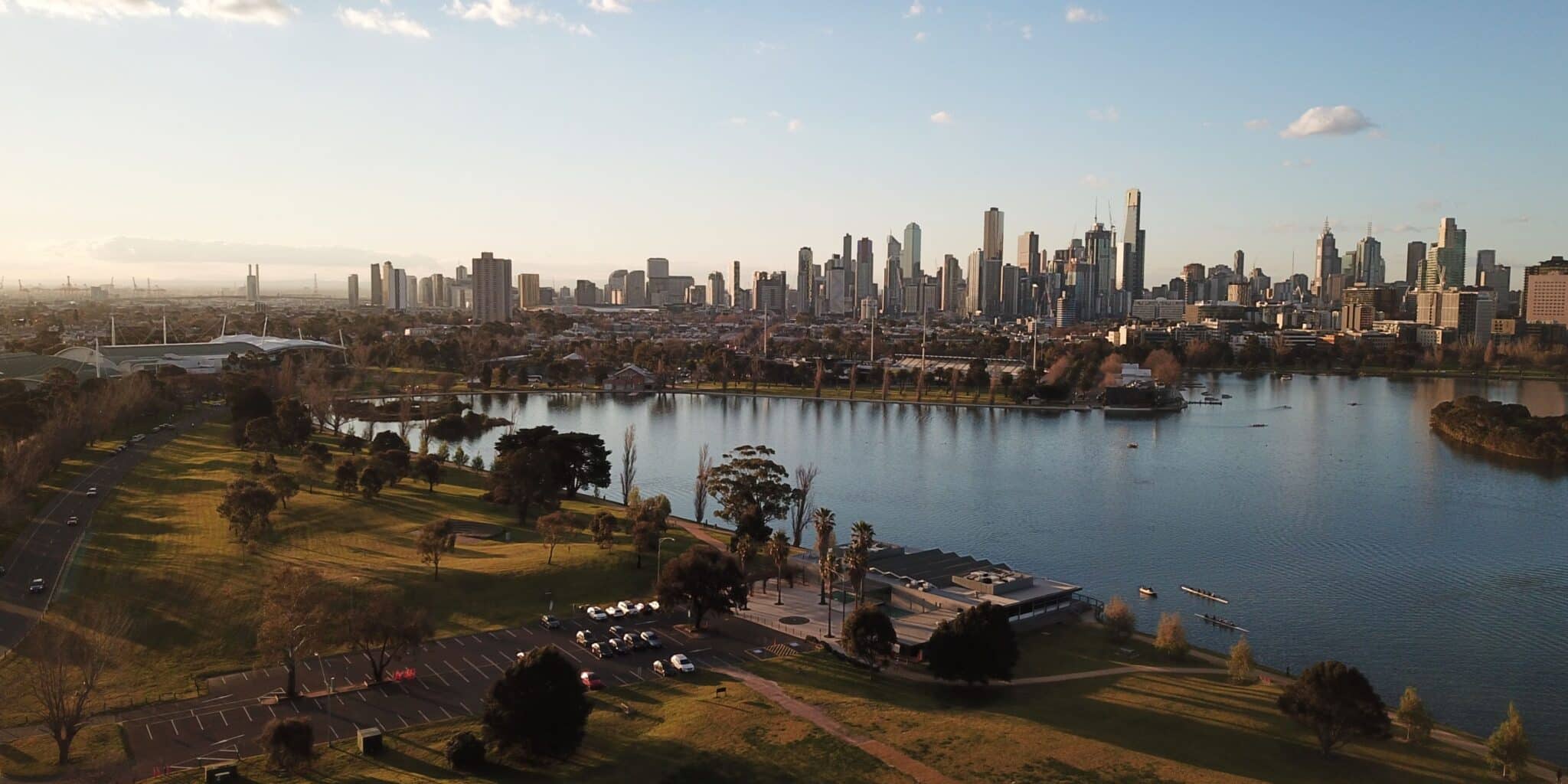How always-on water leak detection scales economically with digital meters
Water utilities worldwide have been struggling with the financial and conservation costs caused by Non-Revenue Water (NRW) losses. The level of loss in some parts of the world can reach 50% and in Australia it averages around 10%. A study by the World Bank estimates that the world’s yearly volume of water loss amounts to 32 billion cubic metres or $60bn.
NRW loss is not just a drain on water authority’s finances, it is also a waste of a precious resource. Immense volumes of drinking water are lost through leakage and a large amount of energy is expended to supply, treat and pump water throughout the network.
A reduction in water leakage would not only save water, it would also help water authorities meet their carbon footprint commitments.
In response, the industry has been working to address NRW loss through technology, but the journey has not been easy. One of the biggest challenges is the ability to solve NRW loss at scale and deliver permanent operational and cost-effective results.
Scalable NRW solutions were discussed at a recent webinar hosted by Iota Services CEO, Daniel Sullivan together with David Maclean, VP Australia & New Zealand and South East Asia at Landis+Gyr, and Andrew Forster Knight, General Manager Digital Utility at South East Water (SEW). The three experts discussed the industry’s pain points and how innovative digital technologies are helping to manage and control NRW loss.
As one of the country’s biggest water suppliers and wastewater managers, SEW delivers more than 136 billion litres of drinking water and collects over 108 billion litres of wastewater each year in Melbourne’s south-east. Managing NRW loss is a prime concern for the water utility.
“Although Australian utilities experience a lower level of non-revenue water losses on a global scale, there are huge benefits if we can further reduce even a small percentage of non-revenue water.”
ANDREW FORSTER-KNIGHT
SOUTH EAST WATER
South East Water’s digital journey to solving NRW loss
Network leak detection technologies are not new to the water industry, but existing solutions are becoming increasingly challenged by aging infrastructures, operational scalability, and mounting costs.
SEW prioritised network leak detection in its digital utility program. Together with Landis+Gyr, it believes it has a game-changer based on a novel leak detection solution that works along both the main and service water networks. SEW expects the breakthrough will deliver at least a 1% percent reduction in NRW loss, equivalent to 1,600 ML of water per annum when fully integrated into its digital meters. The deployment is currently taking place across the SEW network.
Steps to a digitised network solution
Network leak detection to date has been managed by water authorities through various complementing approaches both high-tech and conventional. One of the most commonly used ways is through “listening sticks” which apply vibration sensors. The listening sticks are however a manual, time-intensive process and don’t deliver permanent ongoing network surveillance.
Other systems can effectively pinpoint leaks but are often not cost-effective to deploy across the entire network. They usually involve expensive high-fidelity leak detection equipment but are only practical for use in particular zones over a short period of time.
These detection systems usually have a relatively low battery life and feature data logging with heavy processing. They are challenging to scale due to the cost of equipment, time and specialist expertise needed on a project basis.
To reduce costly manual processes, ensure always-on alerts, provide operational scalability, and minimise resource dependency there was a need to develop a new network sensor.
SEW designed a solution that would address the shortcomings of current approaches with a focus on a system that is automated, permanent, economic at scale and integrates with organisations’ systems.
In an industry-first move, the patented Sotto® sensors were miniaturised to enable them to be integrated into static digital meters. The integration made it possible for the sensors to efficiently leverage the battery and communication network of a digital meter, providing a cost-effective solution at scale.
The patented Sotto® network leak detection sensors have been miniaturised so that they can be integrated into static digital meters.
South East Water, through its commercial subsidiary Iota, partnered with Landis+Gyr to integrate Sotto® sensors into the digital water meters they offer in Australia and other territories.
Path to more accurate detection, greater visibility and scalability
A pilot conducted by South East Water in its network confirmed the following:
- Leaks can be detected days and even months in advance before they emerge
- A single desktop view can help to identify and prioritise leaks daily
- Data insights highlight opportunities to optimise the way maintenance is structured
- Deployed at scale, a modern leak detection system using new IoT technology can reduce network losses, batch jobs and allocate fit-for-purpose crews
“We are seeing that utilities are starting to realise the benefits of digitisation, which Landis+Gyr has experienced worldwide.
From our current deployment across Australia and New Zealand, we are also witnessing a transition from traditional standalone leak detection solutions to innovative, cost-effective technologies such as the Sotto® sensor, small enough to be integrated into meters and deployed across large parts of the network, resulting in a continuous monitoring of network leaks.”
DAVID MACLEAN
LANDIS+GYR
What smart leak detection means for NRW and the customer experience
Non-Revenue Water will continue to be a major cost and water conservation challenge to water authorities worldwide. With over 10 per cent of precious drinking water being lost each day, the World Bank estimates the global loss could amount to A$20 billion annually.
Understandably, many water authorities are focusing on ways to reduce NRW leakage. Some are already exploring the digital technology route and the implementation of smart sensors. They’re beginning to realise the advantages of transforming water utilities to always-on digital networks. They are welcoming the use of IoT-based sensor technology for managing NRW loss cost-effectively, and at scale.
On the customer experience side, Andrew believes the next stage will see localised customer engagement through end-user data analysis. For example, pie charts in customer water bills will display the amount of water, specifically consumed by the dishwasher, shower and more. Customers will also benefit from insights obtained from digital meter networks:
“The next frontier will focus on water quality and will look at chlorine residual, conductivity and turbidity integrated directly into meters. It will allow us to trace water quality events in the network and better inform our customers,” Andrew Forster Knight, SEW.
Summary
NRW loss and its impact on costs, customers and water conservation is a growing concern for water utilities. Rising to the challenge, Iota and Landis+Gyr are determined to share technology and industry expertise to help reduce stress on water resources, improve network performance and reduce energy consumption.
Learn about innovation in non-revenue water as Landis+Gyr, South East Water and Iota discuss the journey to reduce water loss. Click here to watch the full webinar on demand or click here to speak with our team about Sotto®.


